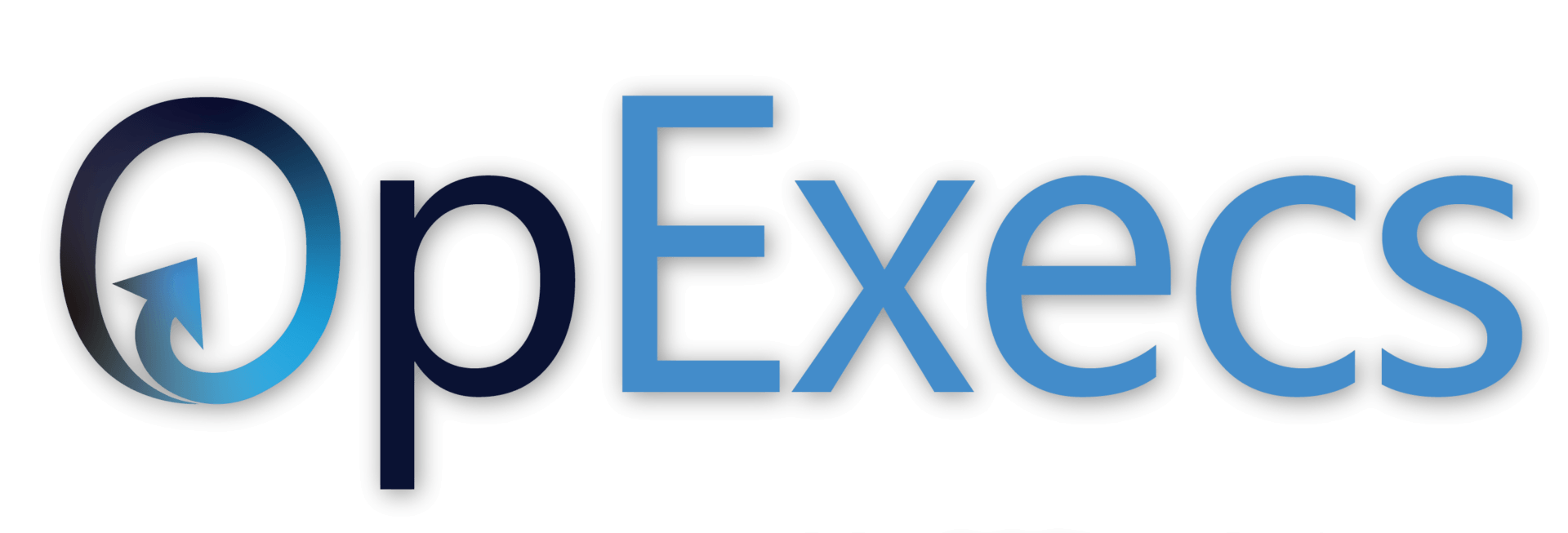PROCESS OPTIMIZATION
TPM Analysis
Total Productive Maintenance (TPM) is a maintenance program which involves a newly defined concept for keeping a plant and its machines operational without unplanned stoppages.
TPM Analysis can be considered the ‘medical science’ of machines and equipment.
The goal of a TPM program is to:
- Markedly increase production.
- Avoid waste.
- Reduce overall operating costs.
- Preserve service & quality levels.
The primary focus of our maintenance strategy is to ensure 100% up-time of critical machines and perform cost-effective maintenance of non-critical assets. Secondary, but just as essential, is an effective business continuity plan. The ability to predict equipment failure through the utilization of several tools is key to process stability and growth.
How We Helped
Maintenance team eliminates missed shipments by reducing downtime and sustains using Outlook
Opportunity: A small industrial manufacturer was missing shipments to their customers and the alarm bell was rung by the leadership team. A kaizen event was conducted, and the root cause analysis determined machine downtime was a key contributor. Fortunately for the company, the new maintenance leader had experience with Total Productive Maintenance (TPM). The following actions had to be taken immediately to solve the missed shipment issue and caused the company to develop a more long-term TPM process:
Results: The Preventative Maintenance (PM) schedule was created; however the company could not afford a stand-alone PM system. The company had to get creative! The maintenance team utilized their existing Outlook software to execute the PM system. Using the “task” function, schedules were created for each machine and stored in Outlook with automated reminders popping up to require check-off when complete. Operators were trained to use a set standard following the activities identified during the 5S event to create an autonomous maintenance system. The new PM schedule and the operator and front-line leader autonomous maintenance system eliminated the machine downtime category on the missed shipment pareto.
Additional Items
- Has your Maintenance team performed a risk analysis for key assets?
- Are you practicing Asset Integration, Decommissioning and life cycle management?
- Do your machine Operators have autonomy to perform routine corrections?
- Does your facility practice repeatable work (standardization) to reduce maintenance defects?
- Is there a well-defined Continuous Improvement program throughout the entire organization?
- Do you have an on-going Gemba program to catch equipment issues before they turn into downtime issues?
- Does your equipment provide autonomous warning indicators to highlight the need for acute or continuous maintenance?
